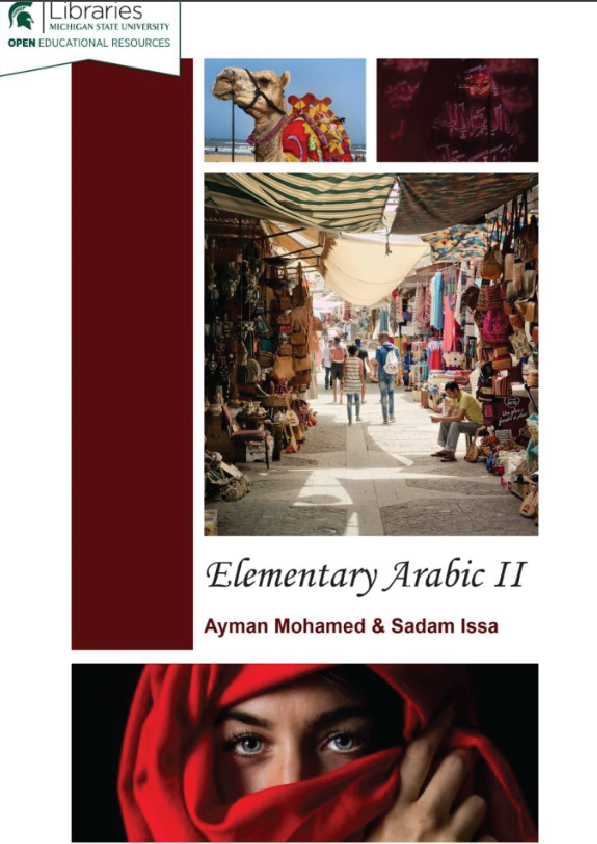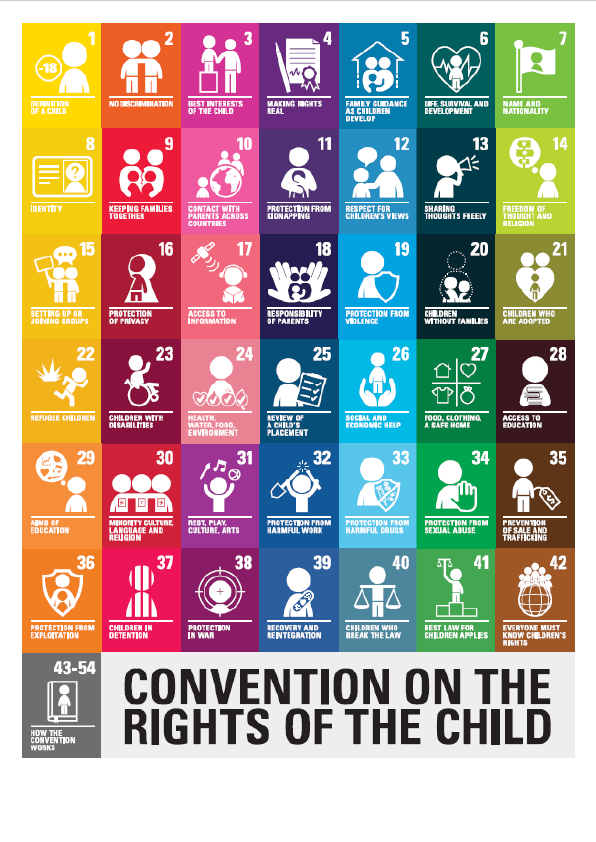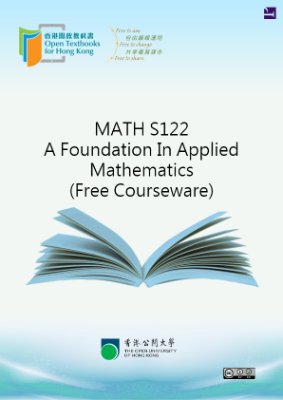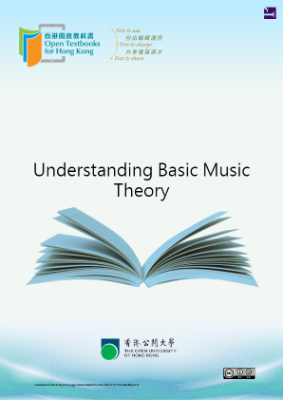This open-source book on Elementary Arabic is aimed at undergraduate students who are taking Arabic in their second semester. At this stage, students would have covered the alphabets and writing systems and they become ready to explore language structure in an interactive and lively approach.
This OER will be unique in its presentation of Arabic language content through theme-based modules. Each theme is addressed through vocabulary, grammar, reading, speaking, culture and writing components. Each chapter includes self-check embedded quizzes that help learners digest language concepts. The book is also designed with teachers in mind. Each chapter includes pair work and group tasks that the teacher can implement in class and other parts that can be assigned as homework. The main focus of the book is to establish a sound basis in Standard Arabic structure in a simplified and sequenced approach. Additionally, each theme will include a conversation section in which a module on Egyptian Arabic is presented. While developing a solid foundation in written Arabic, the Egyptian Arabic component will enhance students’ spoken fluency and enrich their cultural experience in their language learning journey.
In this section
- You will learn new vocabulary that is related to self-introduction. You will learn to talk about yourself in more detail like where you live, what you study and work.
- Next, you will learn specific vocabulary on study majors and learn how to use them in context.
- You will learn vocabulary of jobs and professions that will help you talk about your potential career.
- You will learn names of languages in Arabic and exchange ideas about what languages you and your family speak.
- Finally, you will test yourself in self-checking modules.
In this section
You will learn some grammar concepts that you can integrate in the theme of self-introduction and family presentation.
- You will first learn about the present tense conjugation with singular pronouns and practice some activities on it.
- Second, you will be introduced to Nisbah Adjectives in Arabic, which is basically used to indicate nationality or affiliation of persons or things.
- You will finally test your knowledge of these in self-check modules.
Key Takeaways
- You are now able to systematically use the present tense with singular pronouns.
- You can talk about your nationalities and languages and know how to form these in masculine and feminine.
In this section
- You will learn basic Egyptian Arabic phrases for greetings and introductions.
- You will also learn about how Egyptian Arabic verbs are different in conjugation and you will use them in small talk and basic conversation.
- You will apply this speaking practice in self introduction both in standard and spoken Arabic.
- You will have sections to record your own presentation and sections to practice with classmates.
Arabic Names
Arabic names have traditionally been based on a long naming system. Unlike the American names, for example, Arabic names can consist of four names or more, identifying the name of the person, father’s name, grandfather’s name, and finally the family name. In this Arabic name, أحمد محمد علي العدوي, أحمد is the person’s name, محمد is his father’s name, علي is his grandfather’s name and العدوي is the family name.











